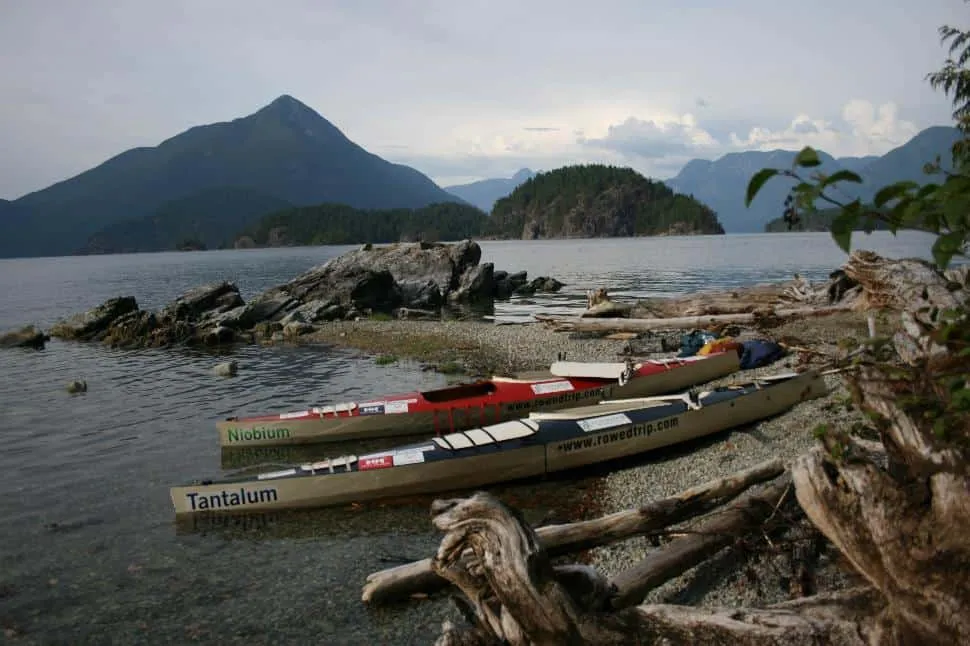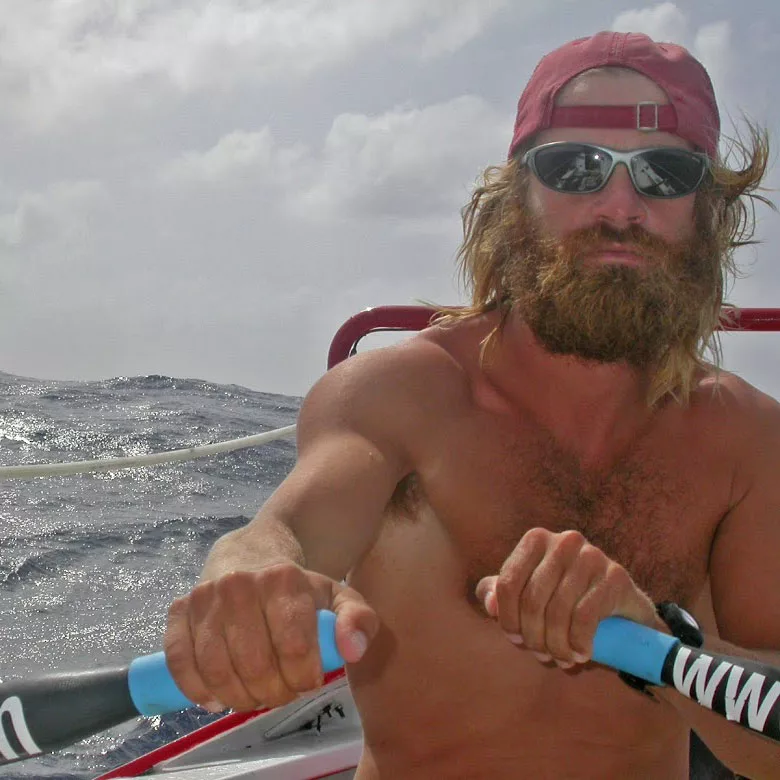Angus Adventures: Race to Alaska

Are you a hardcore paddle-sports enthusiast or sailor who would like $10,000?
If so, R2AK may be just the race for you. This June, what is arguably North America’s toughest boating race will commence its inaugural run. The rules are simple: voyage from Port Townsend, Washington to Ketchikan, Alaska. No motors are allowed, but anything else goes. (There is at least one SUP entry.) The first boat to hit the finish line gets $10,000. Second place gets a set of steak knives. Apart from the first leg to Victoria, BC, there are no mandatory stopping points.
The route runs through the Inside Passage, taking in the full panoramas of British Columbia and southern Alaska — though race conditions will be a little less enchanting. Stiff headwinds, steep waves, bus-sized whirlpools, rapids and ornery currents will all be in the mix. Also, don’t forget to consider the bland food, aching muscles and sleep deprivation — you’re starting to get the flavour of R2AK.
A big question hanging over this race is: what is the best type of boat for the challenge? Obviously, the vessel needs to be seaworthy, but will the winner be a sailboat, a human-powered vessel, or a combination of the two? And if human-powered, will it be a 10-person boat or a two-person?
In windy conditions, a high-performance sailing vessel will handily beat any human-powered boat. The Inside Passage, however, is fraught with calms and contrary winds, which could give a human-powered boat the edge. In either case, the leading boats will likely be voyaging day and night, which means a crew of more than one person is necessary.
Naturally, this race appeals to my passion for small boats and long-distance voyaging. It wasn’t long after the race was announced that I threw my hat in the ring and began pondering my strategy. Initially, I planned to use an exclusively human-powered system — a small streamlined rowboat with a one-person sliding seat system. I would do the race with a friend, Steve Price, from Oklahoma, and we would take turns rowing the boat in two-hour shifts, 24/7. (We would rest in the coffin-sized cabin.)
My wife, Julie, and I own a business designing a variety of expedition rowing craft, which we sell as plans and kits. Coincidentally, as I was pondering the details of what we would use for R2AK, we happened to be developing an auxiliary sail system for one of our designs, the RowCruiser. The more I thought about it, the more I felt this design would be a suitable vessel to compete in a race to Alaska. The vessel, comprised of three sleek hulls, is designed to both sail and row well. We estimate that a sliding seat rowing system will allow the vessel to move continuously (with two people taking turns) in calm conditions at seven km/hr, and faster when winds are blowing. One of the key benefits with this style of boat is that it will allow us to both sail and row simultaneously in light to moderate winds, significantly boosting speed.
However, any boat design is a gamble. If conditions are calm, extraneous sailing gear will only create drag and sap progress. If winds are consistently strong, it is unlikely our mid-performance sailing rig will be able to compete against the purpose-built racing sailboats. With our rig, frequent light to moderate winds will be required to remain competitive. Regardless, our primary goal isn’t to win the race, but to challenge ourselves on the water while taking in some of North America’s most splendid scenery.
While just thinking about the efforts required to complete R2AK makes me sweat, the time and effort of designing and building the boat for the race is equally daunting. Several hundred hours of labour are required to drag the concept from my imagination to reality. I will be using composite stitch and glue construction, which is a relatively easy way to build light, strong boats.
The moment of truth will be when we launch the boat and commence sea trials. A multi-hulled vessel designed to sail well and be propelled with a sliding seat rowing system is a complex balance of systems, and has never been attempted before. This will be the moment when I find out if the delightful images in my head of the boat rocketing along under oar and sail have been successfully translated to reality. If the boat sails like a pig, and the sails can’t be balanced while rowing, or a whole host of other potential issues arise, it will be a disappointing day. With a project like this, it is optimism, not muscle, that is fundamental in propelling us through each step.
Like anything in life, taking on big risks and commitments is often a win-win situation. Most likely, we won’t win the race, and the boat may not perform as well as we hoped, but I know that I’m sure as heck going to have fun doing it.
For those interested in learning more about the race or tracking the live progress of boats, visit: racetoalaska.com
This article originally appeared in our Spring 2015 issue.














